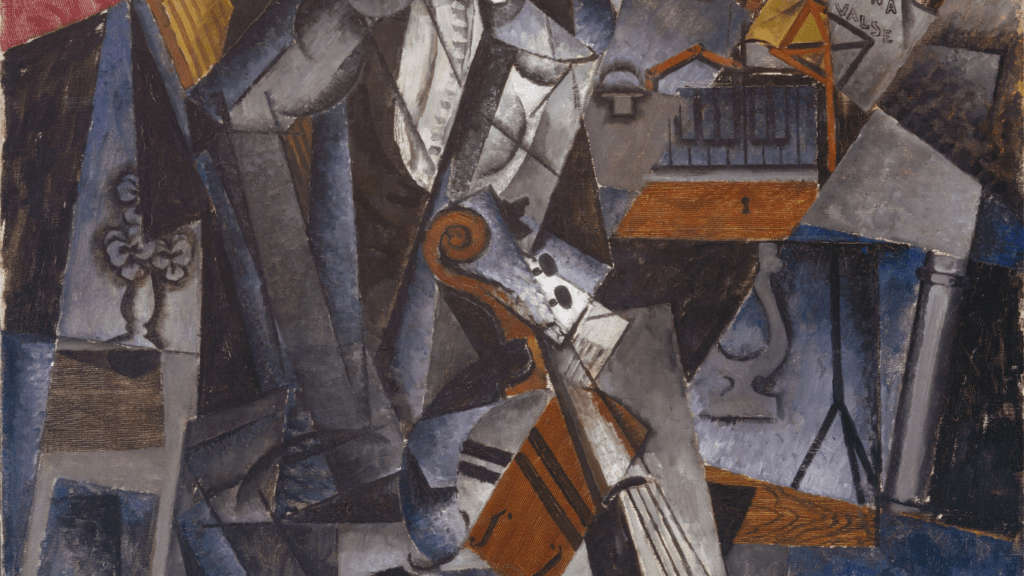Origins of Art Nouveau
Art Nouveau, emerging in the late 19th century, marked a significant shift in artistic expression. Originating as a response to industrialization, it sought to harmonize form and function.
Historical Context
The Art Nouveau movement began around 1890 and lasted until 1910. It arose during an era of rapid industrialization and social change. Industrial Revolution advancements led to mass production but diminished individuality in design. Art Nouveau provided a counter-movement, emphasizing handcrafted details and unique artistic styles.
Key Influences
Nature played a crucial role in Art Nouveau. Artists drew inspiration from:
- organic forms of plants
- flowers
- animals
Japanese art, with its fluid lines and natural themes, also significantly influenced the movement. Additionally, the Arts and Crafts Movement, focusing on craftsmanship and artisanal quality, helped shape Art Nouveau principles.
Pioneers of the Movement
Artists like Hector Guimard, René Lalique, and Antoni Gaudí pioneered Art Nouveau. Guimard’s Parisian metro entrances, Lalique’s intricate jewelry, and Gaudí’s architectural marvels in Barcelona exemplify their contributions. Each artist’s dedication to integrating natural forms and intricate details helped define this elegant movement.
Characteristics of Art Nouveau

Art Nouveau, an elegant and functional artistic movement, flourished by integrating intricate natural elements.
Architectural Elements
Art Nouveau architecture prominently features organic shapes and intricate details. Curved lines mimic natural forms like flowers and vines. Facades often display elaborate ironwork and stained glass. Prominent examples include Antoni Gaudí’s Casa Batlló, with its flowing organic lines, and Hector Guimard’s Paris Metro entrances, showcasing intricate ironwork.
Decorative Arts
Decorative arts in Art Nouveau utilized nature-inspired motifs in everyday objects. Detailed craftsmanship marked items like furniture, glasswork, and ceramics. René Lalique’s jewelry pieces, adorned with butterflies and dragonflies, exemplify the intricate designs. Enamel and semi-precious stones enhanced the detailed handiwork seen in various decorative objects.
Graphic Design
Graphic design under Art Nouveau embraced flowing lines and nature themes. Posters, book covers, and advertisements showcased these elements. Artists like Alphonse Mucha used detailed illustrations and a distinct curvilinear style. Typography featured stylized, sinuous letters reflecting the movement’s overall aesthetic.
Art Nouveau consistently emphasizes natural and elegant motifs, unifying diverse artistic fields through detailed, organic designs.
Major Artists and Works
Several artists defined the Art Nouveau movement through their distinctive and influential works. These key figures include Alphonse Mucha, Gustav Klimt, and Antoni Gaudí.
Alphonse Mucha
Alphonse Mucha, a Czech painter and decorative artist, became known for his intricate and flowing style. Mucha’s works, such as the famous “Gismonda” poster (1894) and the “The Seasons” series (1896), epitomize the Art Nouveau aesthetic through their detailed linework and organic motifs. His contributions extended to jewelry, wallpapers, and theater sets, demonstrating the movement’s interdisciplinary nature.
Gustav Klimt
Gustav Klimt, an Austrian symbolist painter, blended eroticism and mythological themes into his Art Nouveau pieces. Klimt’s “The Kiss” (1907-1908) and “Portrait of Adele Bloch-Bauer I” (1907) exemplify his use of gilded surfaces, detailed patterns, and sensual forms. Klimt’s work in the Vienna Secession also advanced Art Nouveau’s reach in Central Europe.
Antoni Gaudí
Antoni Gaudí, a Spanish architect, integrated Art Nouveau’s organic principles into his architectural designs. Gaudí’s masterpieces, like the “Sagrada Família” (begun in 1882) and “Casa Batlló” (1904-1906), showcase his use of curved lines, intricate details, and nature-inspired forms. His buildings, characterized by their undulating facades and hyperboloid structures, remain pivotal to understanding Art Nouveau in architecture.
Global Influence of Art Nouveau
Art Nouveau, with its distinctive style, left a profound mark globally, extending its reach far beyond its European origins.
Europe
Europe, the birthplace of Art Nouveau, saw diverse adaptations across countries. France embraced the style through Hector Guimard’s Paris Metro entrances. Spain’s Antoni Gaudí integrated organic shapes in architectural landmarks like Casa Batlló. Belgium’s Victor Horta contributed with sinuous lines in residential designs. In Austria, Gustav Klimt’s erotic and mythological themes combined with intricate details defined the movement. Art Nouveau permeated architecture, decorative arts, and graphic design, reflecting a cohesive aesthetic across the continent.
North America
In North America, Art Nouveau influenced architecture, interior design, and graphic arts. Louis Comfort Tiffany popularized the movement with his stained glass creations, especially the iconic Tiffany lamps featuring nature motifs. Architectural examples include New York’s Subway entrances, which adopted the ornate aesthetics. This continental interpretation emphasized functional beauty, integrating Art Nouveau into everyday urban landscapes.
Asia
Asia witnessed Art Nouveau’s impact primarily through graphic design and architecture. In Japan, the movement fused with traditional ukiyo-e art, influencing poster designs and modern residential architecture. Key cities in China, such as Shanghai, integrated Art Nouveau elements into colonial buildings, blending Western aesthetics with local traditions. This fusion preserved organic motifs while respecting cultural contexts, resulting in unique hybrid styles.
The Legacy of Art Nouveau
Art Nouveau’s impact extends beyond its original time period, influencing modern design and preservation practices.
Modern Interpretations
- Art Nouveau continues to shape contemporary aesthetics.
- Designers and architects draw inspiration from its organic forms and intricate details. Examples include modern buildings with curved facades and natural motifs.
- Furniture and jewelry often feature flowing lines and nature-inspired patterns.
- Digital art and graphic design incorporate Art Nouveau elements, blending them with modern technology to create innovative works.
Preservation Efforts
Efforts to preserve Art Nouveau heritage are crucial. Organizations and governments work to restore and maintain iconic structures. Examples include Casa Batlló in Barcelona and Riga’s Art Nouveau district. These sites attract tourists, helping raise awareness about the movement. Museums and exhibitions dedicated to Art Nouveau, such as the Musée d’Orsay in Paris, play a vital role in educating the public. Conservation projects ensure that future generations can appreciate the elegance and artistry of this significant movement.





